Ecologists are exploring how people, buildings, wildlife and pollution interact in the ecosystem of urban landscapes. With cities launching efforts to slash carbon emissions, reduce water use and improve habitats, scientists are beginning to evaluate how such policies affect the overall health of the urban environment.
The science of cities: The new promise of urban ecology
By Courtney Humphries, Published in Nature
The field of urban research has a way of getting bogged down in the details of human politics and behavior. Questions of transit logistics, housing policy, economic development, and beyond can make long-term environmental considerations seem secondary, paramount as they are to human health and the ultimate viability of our policy choices.
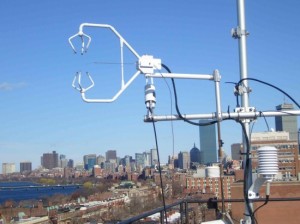

Fortunately for urban ecologists, however, the U.S. National Science Foundation (NSF) and U.S. Forest Service moved in 2009 to commit $6 million to 21 projects probing the impact that cities create on the ecologies within them, giving birth to a wave of research projects that are reshaping our understanding of the environments we create.
In the growing field of urban ecology, scientists study cities as if they were ecosystems. With cities launching efforts to slash carbon emissions, reduce water use and improve habitats, scientists are beginning to evaluate how such policies affect the overall health of the urban environment.
Viewed from the top of the Prudential Tower, Boston is all buildings, cars, pavement and people. But the metropolis also contains nearly 2 million trees, countless tonnes of soil and microbes and a web of wildlife that includes rats, coyotes, deer, more than 100 bird species and the occasional bear or moose in the suburbs. This mix makes for complex relationships — urban trees, for instance, are affected not only by soil pollutants and heat radiating from asphalt, but also by water-metering policies and landscaping. They can provide cooling shade, but they can also block winds that would blow away pollutants. To study these various factors requires a blend of biological, physical and social sciences.
Cities under the microscope
Many scientists see the NSF grants, dubbed ‘Urban Long-Term Research Areas: Exploratory’ (ULTRA-Ex) awards, as the first step towards fostering a much-needed research network for long-term projects in urban ecology. The NSF has funded this type of work since the late 1990s, when it set up Long-Term Ecological Research (LTER) sites in Phoenix, Arizona, and Baltimore, Maryland. But such examples are rare. This year, an analysis of more than 8,000 ecological studies found that only 4% assessed densely populated areas1, despite calls from some ecologists and the NSF for more investigation of how people shape environments.
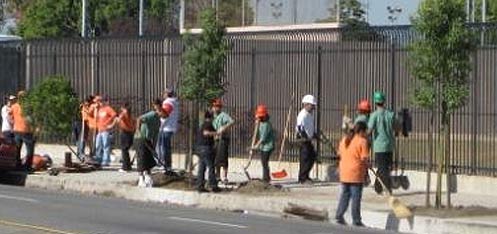
TreePeople Los Angeles “Functioning Community Forest” intends to engage community members as forest stewards, providing trees that shade walkways, streets and buildings to reduce energy and water use. They also encourage native and drought-tolerant plants as well as permeable pavement, raised berms and bioswales, downspouts and rain barrels to manage rainwater runoff .
Cleveland Urban Farming. Another ULTRA-Ex project in Cleveland, Ohio, is studying the effects of converting vacant lots into urban farms. This process could benefit cities with shrinking populations, like Cleveland’s, and save millions of dollars in annual maintenance costs, says Michael Walton, an ecologist at Cleveland State University, who is leading the project. Researchers at Ohio State University in Wooster have analysed pollutants, nutrients and food webs in soil from vacant lots, and found that they are generally suitable for planting crops3. Other studies show that gardens established in these plots can, over time, develop healthy populations of pest-killing microbes and ants4, suggesting that urban farming will not necessarily boost pesticide use in cities. Such studies are becoming more common worldwide, as organizations such as the Stockholm Resilience Centre commit to studying social and ecological interactions in cities.
httpvh://youtu.be/sDWMRE-vCQs
Wonder City Garden: Jessica and Emmy Levine are transforming an asphalt lot on the east-side of Cleveland into a garden.
From Hillary Rosner in “The NY Times“: In New York City, one Ultra-Ex project based at Columbia’s Lamont-Doherty Earth Observatory is exploring links between public health, green spaces, and ecosystem services, or nature’s ability to perform functions like cleaning the air and water or preventing flooding. The project is studying seven green roofs, including one at the main post office building on Eighth Avenue in Manhattan, to understand their role in preventing sewage from spilling into the city’s waterways during heavy rains.
Greenhouse Gases in Boston. With two ULTRA-Ex projects that are now joining forces, Boston is emerging as a major centre of urban-ecology research. While Nathan Phillips, an ecologist at Boston University, studies the city’s gaseous metabolism, Paige Warren, an ecologist at the University of Massachusetts in Amherst, is leading a group to assess how efforts to plant vegetation throughout Boston have affected air quality, people and wildlife.
Phillips and his team are collaborating with Steven Wofsy, an atmospheric scientist at Harvard University in Cambridge, Massachusetts, to model how carbon dioxide moves throughout the city. In addition to the rooftop measurements, the researchers are driving around Boston in a car outfitted with a sampling device to gather high-resolution data on street-level carbon dioxide. They are also studying how carbon dioxide levels and shade from buildings affect plants — and how trees, in turn, absorb carbon dioxide and cool buildings.
Urban exhalations
Such studies will be crucial as nations move to reduce greenhouse-gas pollution, because cities are responsible for more than two-thirds of global carbon dioxide emissions from energy use. Most of what is known about cities’ overall carbon output comes from combining emissions estimates for traffic, buildings and industries, but there is considerable uncertainty in such inventories. Road transportation is thought to account for about one-third of US greenhouse-gas emissions, but credible inventories for that source in Massachusetts can differ by nearly 40%, says Lucy Hutyra, an environmental scientist and co-leader of the ULTRA-Ex project at Boston University. As cities begin to take carbon regulation more seriously, “we need to have a transparent, robust, verifiable reporting of carbon dioxide emissions”, she says. Otherwise, cities cannot track their successes and failures.
Scientists measuring Boston’s greenhouse gas emissions have found what they call a “weekend effect,” a clear drop-off in the amount of carbon dioxide entering the city’s atmosphere on Saturdays and Sundays.
As the researchers complete the first analyses from their atmospheric model of Boston’s carbon dioxide concentrations, they are finding some surprises. Their data indicate that traffic emissions in the core of the city are higher than some estimates have suggested.
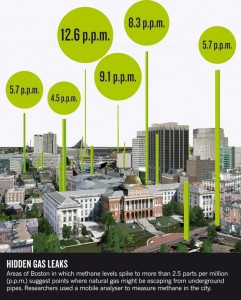
It is not yet clear whether any ULTRA-Ex sites will receive funding to establish expanded research programmes — which Tom Baerwald, a programme manager at the NSF, estimates would cost around $1 million a year.
For Phillips, future funding concerns take a back seat as he wraps up his work on the Prudential Tower. His data show that carbon dioxide levels in Boston average 388 parts per million (p.p.m.) in summer — when photosynthesis is in high gear — and 413 p.p.m. in winter. But the breeze on this August day has brought fresh air to the rooftop, and the carbon dioxide concentration is a modest 379 p.p.m. That value, says Phillips, “is probably what you’d read over Hawaii right now”. With that, he packs up and boards an elevator for a ride down to the urban air of Boston proper.
References
- Martin, L. J., Blossey, B. & Ellis, E. Front. Ecol. Environ. 10, 195–201 (2012).
- Pincetl, S., Gillespie, T., Pataki, D. E., Saatchi, S. & Saphores, J.-D. GeoJournal http://dx.doi.org/10.1007/s10708-012-9446-x (2012).
- Grewal, S. S. et al. Urban Ecosyst. 14, 181–194 (2011).
- Yadav, P., Duckworth, K. & Grewal, P. S. Landscape Urban Plan. 104, 238–244 (2012).
- Phillips, N. G. et al. Environ. Pollut. (in the press).

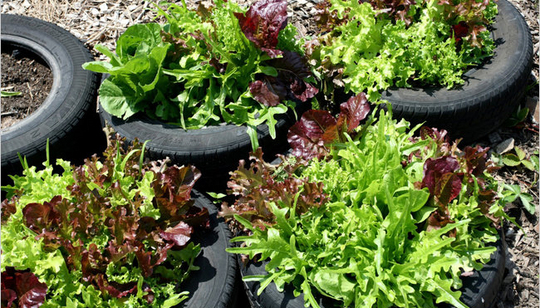

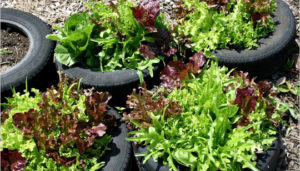
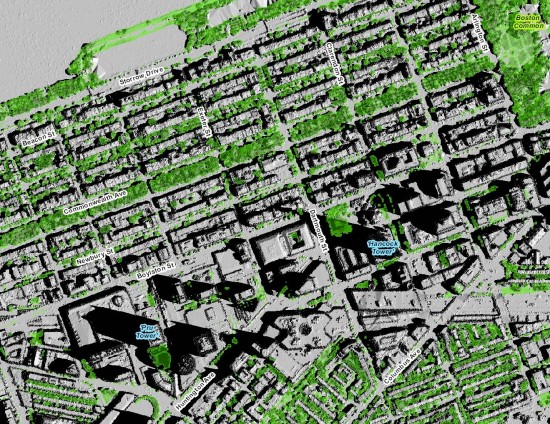

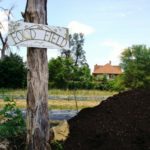
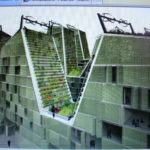
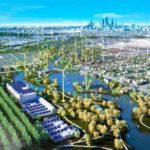
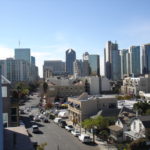
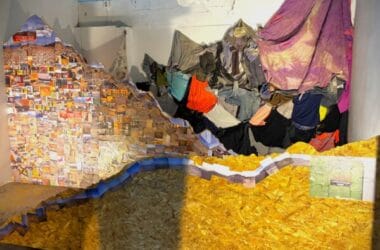





Pingback: Recommended Reading: Urban Ecology - Nature Sacred
Pingback: Recommended Reading: Urban Ecology - Nature Sacred